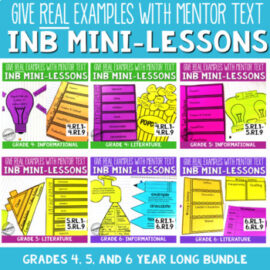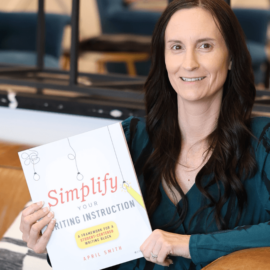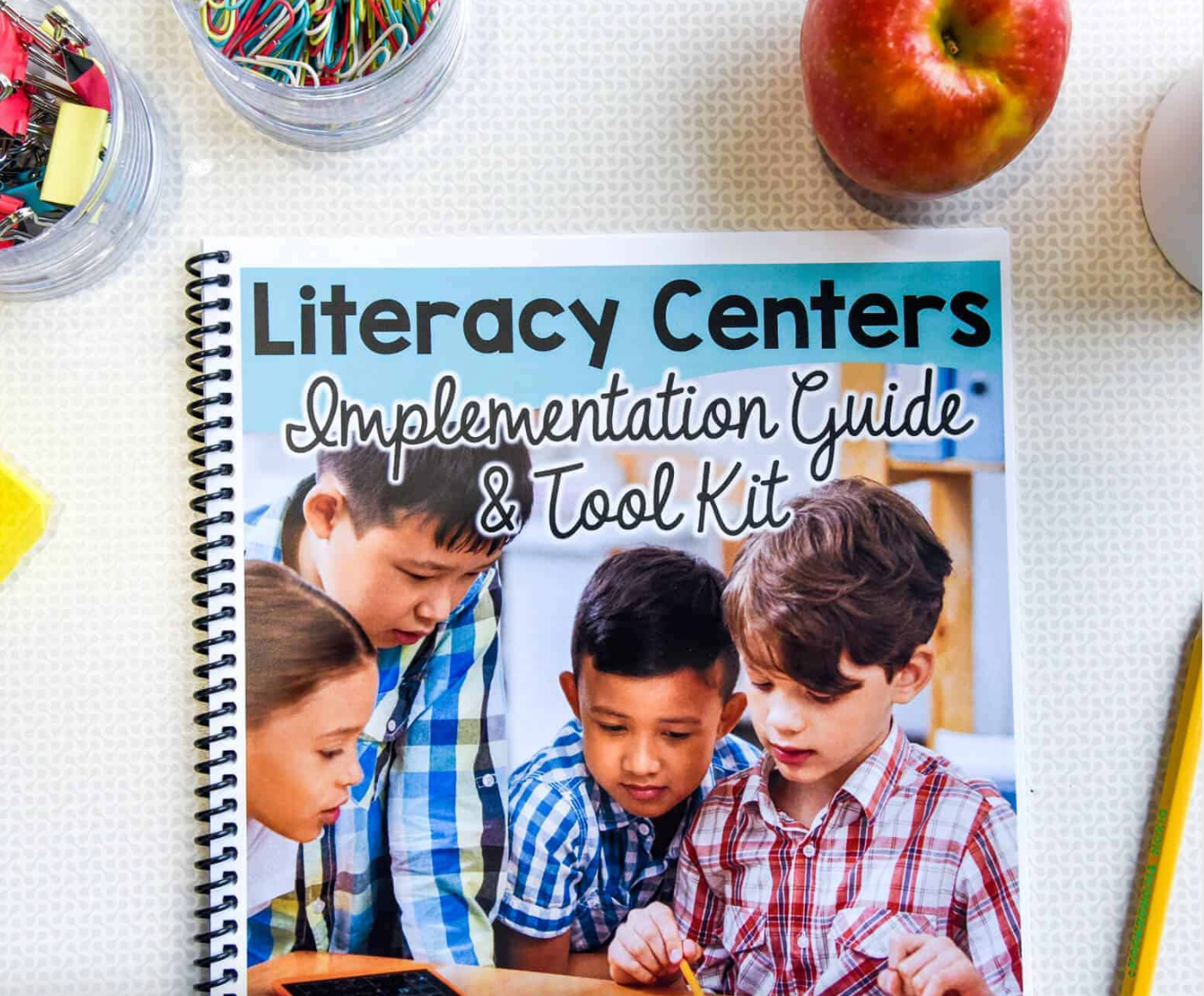
I love using close reading strategies when I’m teaching theme. Today I’m going to break down a lesson for you, with step-by-step instructions on how I model the process for my students.. Because this lesson focuses on finding evidence of theme in text, students must already have background knowledge of what theme is before this lesson is taught.
Key Question: What evidence of theme did you see in the text?
Materials:
- student copies of any novel (I used Rules by Cynthia Lord)
- student copies of 1 excerpt from the novel (Find a page with excellent evidence that supports theme – I used page 2 of Rules)
- Close Reading Bookmarks (FREE), printed on cardstock
- pencils
Set Up
I know that copying text is very controversial, and copyright infringement is a real concern with close reading, but students need to annotate the text. I want to say immediately that I purchased a class set of the book Rules from Scholastic when it was the $1 book for the month. That being said, I do copy excerpts from the book for students to write on. The students each have a book in front of them, so this is only for the use of them having more room to annotate. (You may also choose to type it out instead.)
For this lesson, we used page 2 of Rules by Cynthia Lord. I use this book to apply each of the RL standards to it along the way, not just when I’m teaching theme. It’s so nice to have an “anchor text” to tie all of the standards together.
1. First reading (“cold read”)
Have students silently read the page. I have my students hold up the page while reading, then lay it down to indicate they are finished with their read. This prevents me from having 30 students tell me “I’m done!”

2. Model Close Reading
Use the top half of the page and the bookmarks to model the Close Reading Strategies. Reread and then show each strategy one step at a time.
Underline Key Words: The key words we are looking for today are ones that give us clues about the theme.
Circle What You Don’t Understand: Circle words you don’t know, or parts that don’t make sense.
Annotate Left Margin: Summarize the excerpt in one sentence on the left.
Annotate Right Margin: Tell why the author wrote this part on the right.
Here’s how I model this with Rules:
First, think aloud: “I don’t understand why they are going to a clinic, so I circled it.”
Next, annotate the author’s purpose in the right margin: “Why did the author tell us what Catherine packed into her backpack? Do you think the fact that Catherine likes to draw will be important to the story?“
No theme clues so far, so we don’t underline anything.
3. Guided Close Reading
Now it’s time to let students do a little of the thinking. Have them reread the last paragraph. Tell them to circle anything they don’t understand. Let a few students share what they circled.

My students are advanced learners, so next I have them work in a group to try to find theme clues. If your students struggle with this part, give them the theme up front. Tell them one of the themes in the book is “acceptance” and have them look for evidence that goes with this theme. Here’s what one of my students underlined for the theme “acceptance”.

Talk about what you read in the paragraph, then have students work in pairs to write a 1-sentence summary in the left margin. Discuss why the author wrote this paragraph, then let students try writing it in the margin on the right side.
At the end of your close read, their paper should look something like this:

4. Graphic Organizer
When I copy the page, I leave a blank space on the left for some sort of graphic organizer. A Circle Map works really well for teaching theme. We work together to write themes we found (family and acceptance) in red, and text-based evidence of these themes (that we underlined in the text during the last step) in purple.

5. Wrap-up
Have students turn their paper over and write a short paragraph answering the following questions:

- What is theme?
- How did we find examples of the theme in Rules by Cynthia Lord?
- How can you relate to the theme “acceptance” in your life?
If there’s time, choose students to share their responses. I walk around with these little callout boards (I found them at Dollar Tree in the bulletin board section and laminated them!) and place one on a student’s desk if I see a really good example I want them to share with the class. These are amazing because a) I don’t have to remember who I wanted to call on, and b) I can make sure that students who have the correct answer are sharing, unlike when you call on students randomly.
After some practice, your students will catch on to using these strategies to find evidence in the text and will quickly be able to transfer this skill to other concepts. Remember, close reading doesn’t just apply to teaching theme—you can use it with any standard!





Jillde says
Awesome lesson and guidance! Thanks for sharing!
Just Debora... says
Thank you for creating this! I am a long-term sub in a 6th grade reading class, and I had no idea how I was going to introduce close reading. We will be working with non-fiction text, but this method will really help me–thank you!
The Fourth Grade Wongsters says
A-MAY-ZING! Thank you for this post! I just found you and I know that it will help me be a better teacher!
Martha Hach says
I love this example of a Close Reading lesson. Definitely going to look for (or make) some of those call outs. Great idea – thanks for sharing!
Krista Mahan Teaching Momster says
Thank you for the VERY detailed description of how you do close reads. It makes it much easier to understand when I can "see" it in action!<br /><br />Krista<br /><a href="http://www.teachingmomster.com" rel="nofollow">Teaching Momster</a>
Amy Mezni says
I bought April's close reading set for 5th grade, and it has been fabulous!
Pam Olivieri says
Awesome post! I will definitely do this later this year! Thanks for sharing! You rock!<br />Pam<br />Rockin Resources<br /><a href="http://mrsosrockinresources.blogspot.com" rel="nofollow">Rockin Resources</a>
Mrs Smith says
Thank you Pam!!
Joy in Las Vegas says
THANK YOU for sharing-AND showing-an excellent close reading lesson!! It now makes so much more sense to me!!! Very excited to implement more close reading this year!! I have a class of all accelerated learners and this is right up their alley!
Mrs Smith says
Thank you so much Joy! Close reading is an amazing strategy to use with accelerated learners!